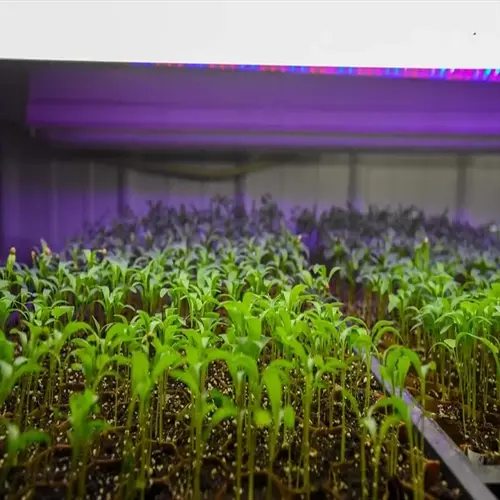How can beginners start growing mushrooms at home?

Written by
Michael Sullivan
Reviewed by
Prof. Martin Thorne, Ph.D.The first step in your mushroom-growing adventure is choosing the right type. Oyster mushrooms are the ideal beginner choice. Oyster mushrooms can proliferate on simple items, such as used coffee grounds, making this an easy and affordable opportunity for anyone to explore.
Take care to prepare your substrate free of contamination. Use fresh coffee grounds collected within a single day. Mix them 50:50 with shredded cardboard for content balance. Sterilize the mix in boiling water baths if you're lacking professional gear. This substrate acts as a good foundation for the mycelium to grow strong.
Sterilization Tools
- Large pot for boiling water baths
- Glass jars with filter lids
- Disinfectant spray for surfaces
Growth Environment
- Plastic storage bins as growing chambers
- Spray bottle for humidity control
- Basic thermometer and hygrometer
Inoculation Supplies
- Oyster mushroom spawn from reliable suppliers
- Alcohol wipes for sterilization
- Lighter for flame sterilizing tools
Apply your high-quality spawn to the substrate in a sterile environment. Use a still air box to reduce the chance of contamination. Evenly distribute grain spawn throughout the substrate. Containers should be sealed with breathable lids to allow for gas exchange while preventing contaminants from entering.
Maintain optimal colonization conditions in the dark at 70-75°F, avoiding temperature fluctuations to prevent stress in the mycelium. After two weeks have passed, shake the jars up to ensure the mycelium is growing throughout the substrate. A complete colonization typically takes three weeks, at which point you can initiate the fruiting process.
To begin the fruiting process, introduce light and fresh air. Provide 12 hours of indirect light daily. Mist the container walls to maintain a humidity level of 90%-95%. The best texture and flavor of the mushroom can be harvested when the caps flatten and the edges remain slightly curved.
Work to troubleshoot common problems before they arise. Minimize contamination by being diligent with sterilization. If growth halts, evaluate and adjust the humidity. If mushrooms appear leggy, increase fresh air exchange. Each problem you solve deepens your knowledge and develops your expertise, leading to greater future harvests.
Read the full article: How to Grow Mushrooms at Home: Beginner Guide

